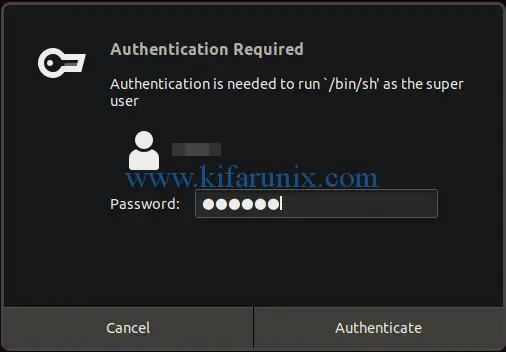
They offer quality of life type improvements for working with your virtual machine: The VirtualBox guest additions consist of a set of drivers and kernel modules for the operating system, when installed as a VirtualBox virtual machine. The reason for this is that the Ubuntu 22.04 installer does not install the so called VirtualBox guest additions. For example after resizing the virtual machine window or going into full-screen mode.

In you ever installed Ubuntu in a VirtualBox virtual machine, you probably noticed that you can’t change the screen resolution. This article explains how to install the VirtualBox guest additions in an Ubuntu 22.04 virtual machine. Besides automatically adjusting the screen resolution, you also get support for a bi-directional clipboard and shared folders. VBoxLinuxAdditions.Bummed that you can’t change the screen resolution in your freshly installed Ubuntu virtual machine? An easy fix exists for this: You just need to install the VirtualBox guest additions in your Ubuntu 22.04 VirtualBox virtual machine. Check CDROM listing: ls /mnt this will also show you the CD contents.Mount the CDROM from the terminal: sudo mount /dev/cdrom /mnt.Open files and click on the CD, you should be able to view the CD Image contents.Insert the Guest Additions CD: From the top bar of your virtual machine click on devices then Insert Guest Additions CD Image.Install the needed dependencies: sudo apt install dkms linux-headers-$(uname -r) build-essential.

if there are updates then upgrade: sudo apt upgrade or from root apt upgrade.Update the OS: sudo apt update or from root apt update.I used this article as the base of installing it and making the video how to. This article has a good write up on what the Guest Additions provide you. The Virtual Box Guest Additions makes features such as copying and pasting between the host OS and virtual machine as well as running the virtual machine in full screen.

In this article I will show you how to install the Virtual Box Guest Additions on a Debian 11 virtual machine. As per best practice, I setup a virtual machine to test configs and updates first before deploying it to my production infrastructure. I have been working with Debian 11 and running docker on it to host a few applications at home.


 0 kommentar(er)
0 kommentar(er)
